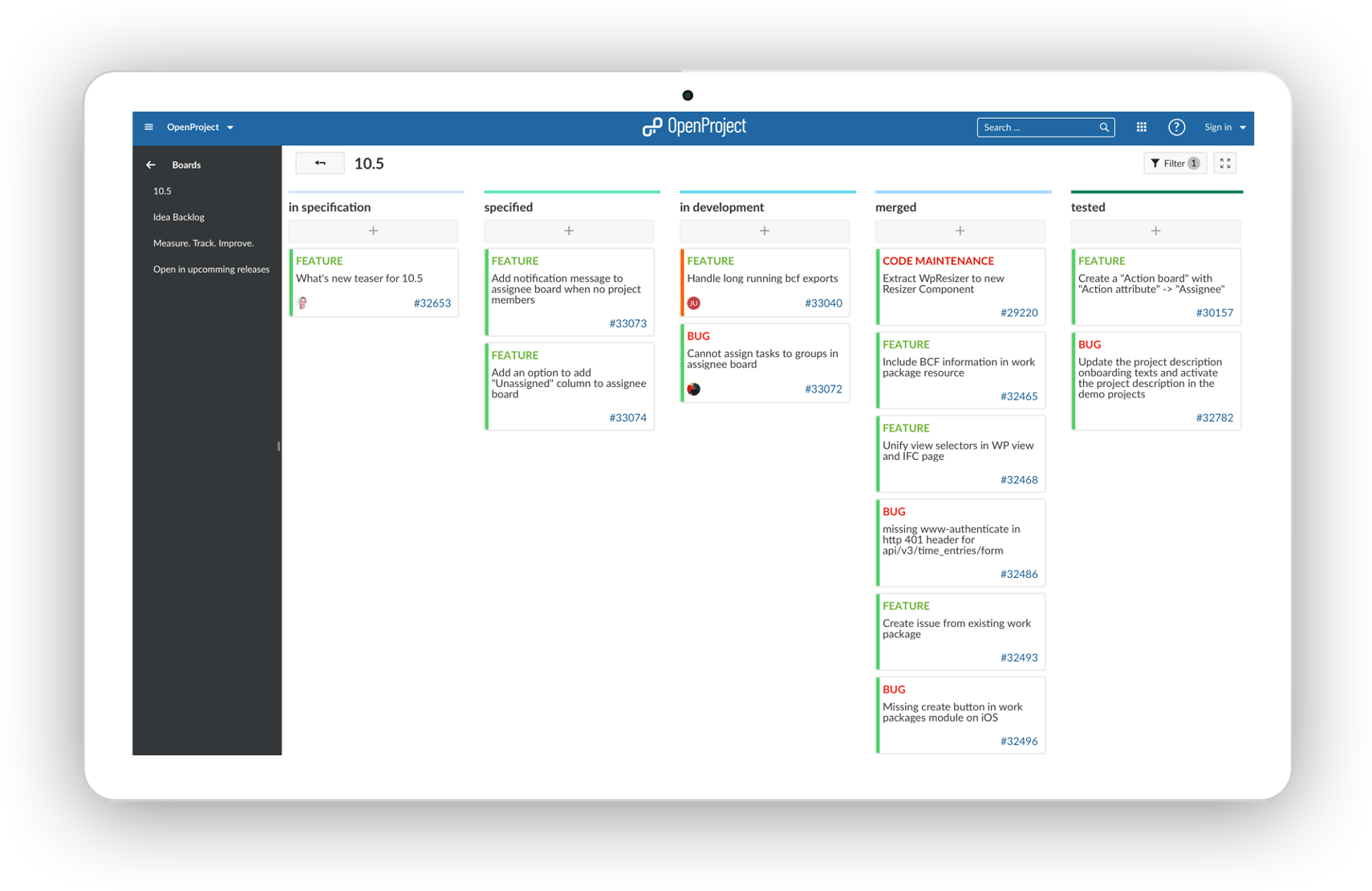
Agile project management - why and in what case?
The work environment has become more and more complex over the last decades: rapid market changes and the need to respond fast, unpredictability, a demand for fast product developments, bigger project teams, remote working, e-business and much more.
This challenges the traditional, waterfall project management approach in some fields and is the reason why agile project management has gained incredible popularity.
What is agile project management?
Agile project management recognizes the complex and uncertain nature of projects. Agile is an adaptive approach: rather than managing one big project at a time, it is broken down into smaller projects managed by cross-functional teams. Thus, administration and process requirements are reduced and the project’s progress is measured in small steps. That is why agile project management allows for more flexibility and adaptation to market needs along the way. Customer feedback is integrated regularly to increase the chance for a successful launch.
Agile over waterfall?
This seems to make agile the superior project management methodology which is not true. Compliance with processes (IT governance, audits, budgeting rules etc.) in large companies can pose a challenge to the implementation of agile project management. The larger the company, the more processes are typically implemented and make it more difficult to break through for an agile team. Also, the agile methodology requires a flexible mindset by the project members. A traditional, hierarchical company culture would not necessarily foster agile projects. Moreover, for standard, recurring projects with a clear process there is no need to manage with an agile method, the traditional waterfall is the most efficient way.
Application of agile project management
It really comes down to the environment and nature of a project that determines when an agile project management approach is appropriate and will be more successful. The agile methodology is best used in the following cases:
- There is a lot of uncertainty about factors influencing the product development
- High stakeholder involvement
- It is a very customer-centric task
- It is a very complex task that involves many functions in the organization
- A fast launch is required
- The team is able to self-organize
- The project requires a lot of testing
In order to make the agile project a success, you need to make sure that from an organizational perspective the agile team itself has its own space where it is not bound to the usual way of working with strict procedures. Also, choose agile team members that have the right open mindset to work differently. Support the agile team with the right tools, some team members might require a training to get on board. Furthermore, a web-based project management software like OpenProject can serve as a workspace for the agile team to boost collaboration and transparency. It also allows you to integrate customer feedback and keep stakeholders up to date.
Success of agile projects
Agile projects are said to be 28% more successful than traditional projects. Nevertheless, the agile approach needs to be used in the right environment as described above to leverage this success. Then, it proves to be more successful and can lead to higher product quality as testing throughout the development would have identified improvement areas. By breaking a big project down into smaller pieces and getting regular customer feedback, the risk of failure is reduced. On top of that, the predictability of costs and timeline is improved. And as smaller steps allow to monitor progress more easily, it could lead to an increased motivation for team members.
Agile and waterfall
It does not need to be either agile or waterfall. You may want to combine both project management methodologies. E.g. in a bigger project, you can manage sub-projects with an agile approach but the overall project with waterfall. OpenProject allows you to combine both agile and traditional, waterfall project management. With OpenProject, projects can be planned in a Gantt chart, to create and manage a detailed project plan and break-down activities. From this point, teams can individually manage their requirements and tasks in Agile boards in an intuitive and flexible way. At the same time, having all relevant project information tightly included in one system.
How OpenProject supports agile project management
OpenProject offers various features for agile working, especially its agile boards are very intuitive to use. Use the flexible agile Boards view in OpenProject to organize and prioritize your work with your team, keep an eye on everything that is important and visualize the progress of work to be done in a project.
Lists and cards in your board enable you to keep track of your project in an easy and efficient way. Lists may represent a workflow, or a version, an assignee, or anything you would like them to be. Each list has cards on it that represent a work package in your project. Prioritize cards within a list or add them to another list with drag and drop. Action boards will automatically change the attribute, such as the status or version of the card.



